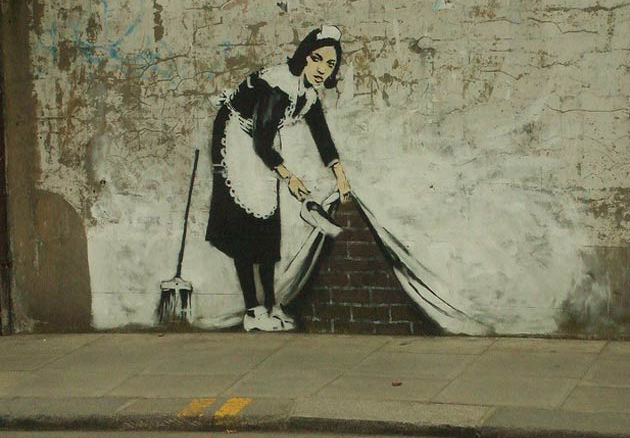
UPDATE, September 26: Gov. Jerry Brown today signed the California Domestic Workers’ Bill of Rights into law, expanding the legal protections for its estimated 360,000 domestic workers. This comes on the heels of the Obama administration’s announcement that federal labor laws currently requiring minimum wage and overtime protections will be extended to the nation’s direct-care workers.
Last November, the National Domestic Workers Alliance commissioned the first ever national survey of 2,000 workers to shed light on an industry that exists quietly behind closed doors. The domestic workforce is composed mainly of immigrant women of color who earn substandard pay, rarely receive benefits or health care, and have virtually no lobbying power (unlike farmworkers, who have de facto help from cheap-labor-loving Big Ag).
In recent years, groups like the NDWA have made headway in the fight for worker protections, but they’re fighting an uphill battle against many outdated but entrenched laws, some of which are rooted in the legacy of slavery. This timeline explores a few of the milestones in the little-known history of the industry in America, showing where these workers came from and how far they still have to go.









